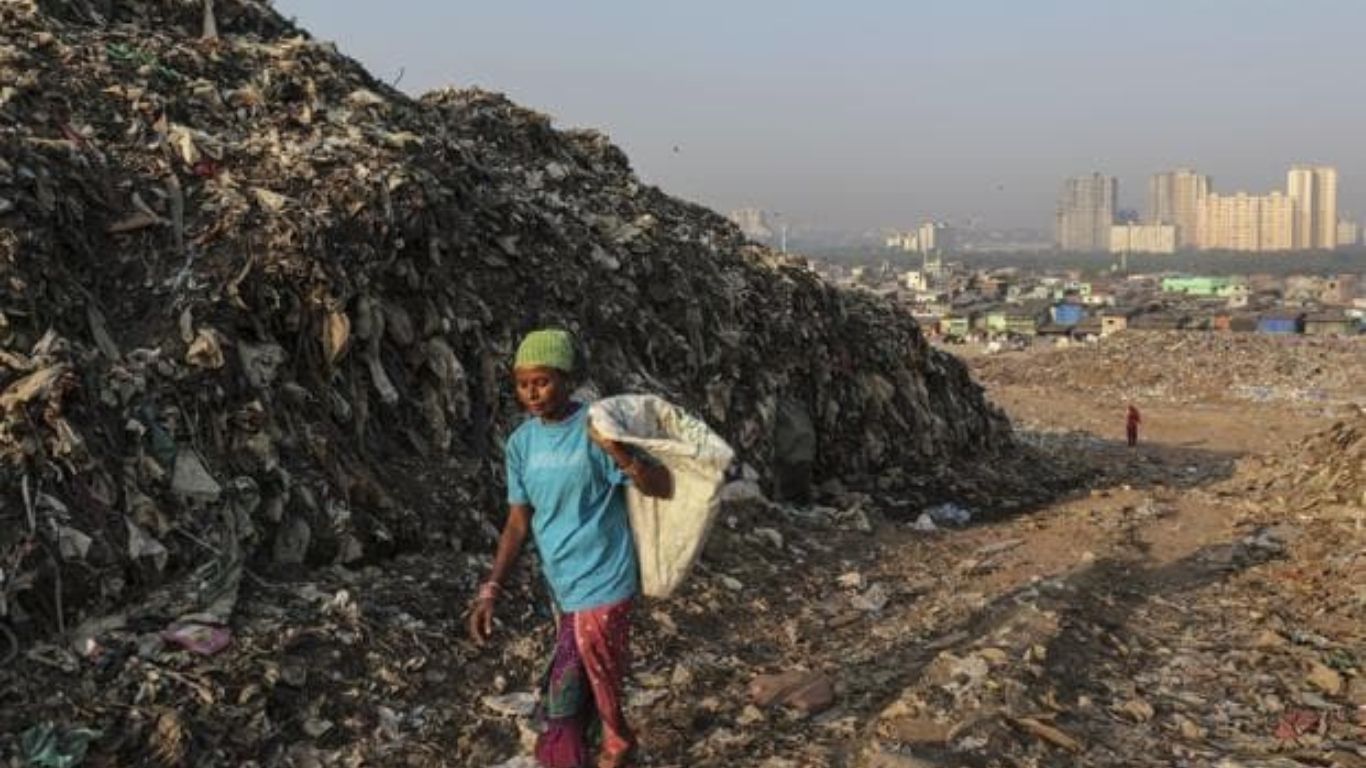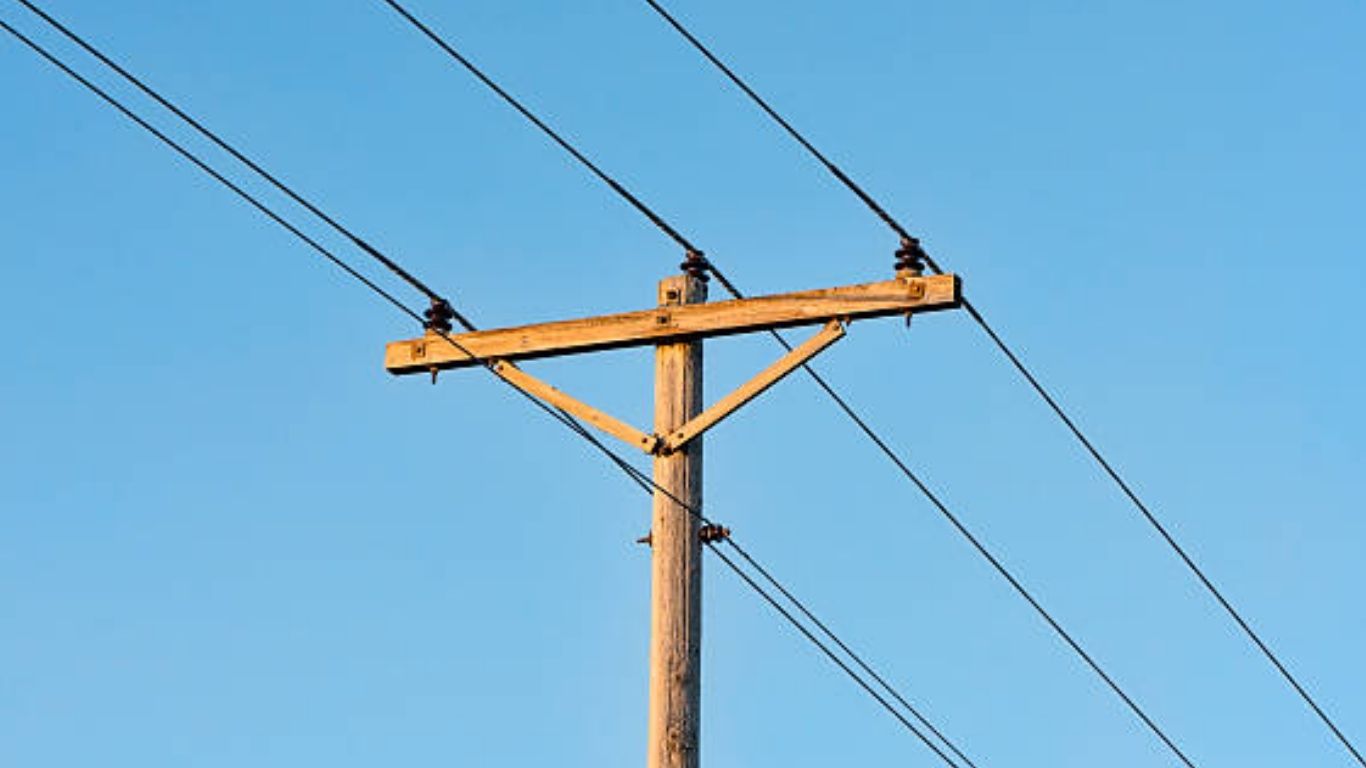With Mumbai losing its last dumping ground to forest conservation, the city faces a mounting waste crisis. Locals resist proposed sites, leaving authorities scrambling for sustainable solutions.
Anshu Kashid
May 06, 2025: Mumbai, India’s commercial capital and among the world’s most populous cities, is fighting a worsening trash management crisis. The city that produces approximately 4,500 metric tons of waste every day now has zero officially functioning dump sites, following a Bombay High Court ruling which declared it’s the only sole site in Kanjurmarg to be converted into protected forest land..Kanjurmarg Declared Forest: A Legal Setback
The Kanjurmarg dumping ground, which was receiving over 3,000 metric tons of garbage per day, has now been declared a protected forestby the High Court. This ruling not only halts dumping activity there but also mandates the Mumbai Municipal Corporation (BMC) to restore the site within three months.The court deemed the previous government decision to declare the land as waste-disposal-exclusive “illegal,” siding with local residents who had long protested against the environmental and health hazards caused by the dumping site.
With 5 Dumping Grounds Gone, Where Will the Garbage Go?Historically, Mumbai had five major dumping grounds:
1. Chincholi Bandar (Malad)
2. Gorai
3. Mulund
4. Deonar
5. Kanjurmarg
Of these, Gorai, Chincholi, and Mulund have long been shut due to overcapacity. The oldest dumping ground in Asia, Deonar was supposed to close soon.. Kanjurmarg, once the sole lifeline, has now been sealed off due to legal and environmental concerns.With nowhere left to send its growing mountains of waste, Mumbai is on the brink of a solid waste emergency.
Resistance from Navi Mumbai and Ambernath
The state government had proposed a new waste site in Taloja (Navi Mumbai), where 52 hectares of land, including 40 hectares of government-owned property, were earmarked. However,residents of Navi Mumbai have flatly rejected the idea, raising a justifiable question: “Why should we bear Mumbai’s burden?”Another potential solution lies in Ambernath, where 18 hectares of land have already been acquired. Yet again, the proposal is mired in strong opposition from locals who fear health risks and environmental damage.
The Core Issue: Urban Waste, Public Opposition & No Space
The root of Mumbai’s garbage dilemma is a combination of several challenges:
Lack of pre-planned land acquisition for waste disposal.
Public resistance to new landfills, especially in neighbouring areas.
Delayed waste segregation policies that could reduce the volume of waste.
ver-reliance on dumping rather than focusing on recycling or waste-to-energy strategies.
The BMC now finds itself in a race against time to find over 120 hectares of new land where local residents will not oppose, environmental laws can be followed, and long-term waste management solutions can be implemented.
The Way Forward: From Dumping to Decentralization
Experts are urging the civic body to move away from centralised dumping and toward decentralised waste processing. This includes:
Making waste segregation mandatory at source to reduce the burden on landfills.
Expanding composting, biogas, and recycling facilities across the city.
Partnering with the private sector for waste-to-energy plants to address the crisis sustainably.
As the city runs out of space and options,citizen cooperation and government proactivity have never been more crucial. Without a swift and sustainable approach, Mumbai may face an even larger waste management disaster in the near future
Read : https://newsdotz.com/pimpri-chinchwad-set-to-pioneer-maharashtras-electric-transit-revolution/
Follow : https://www.instagram.com/newsdotz?igsh=MXRleTNiZnV5eThuYg%3D%3D&utm_source=qr



